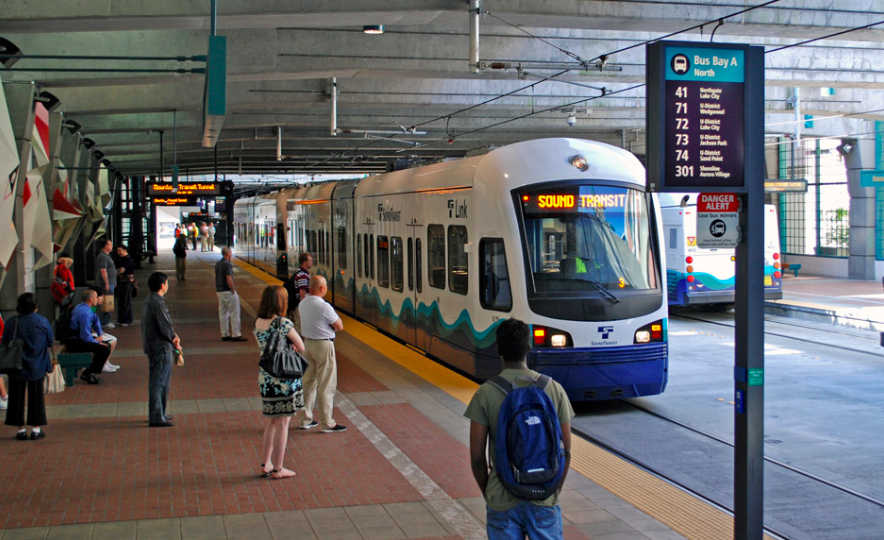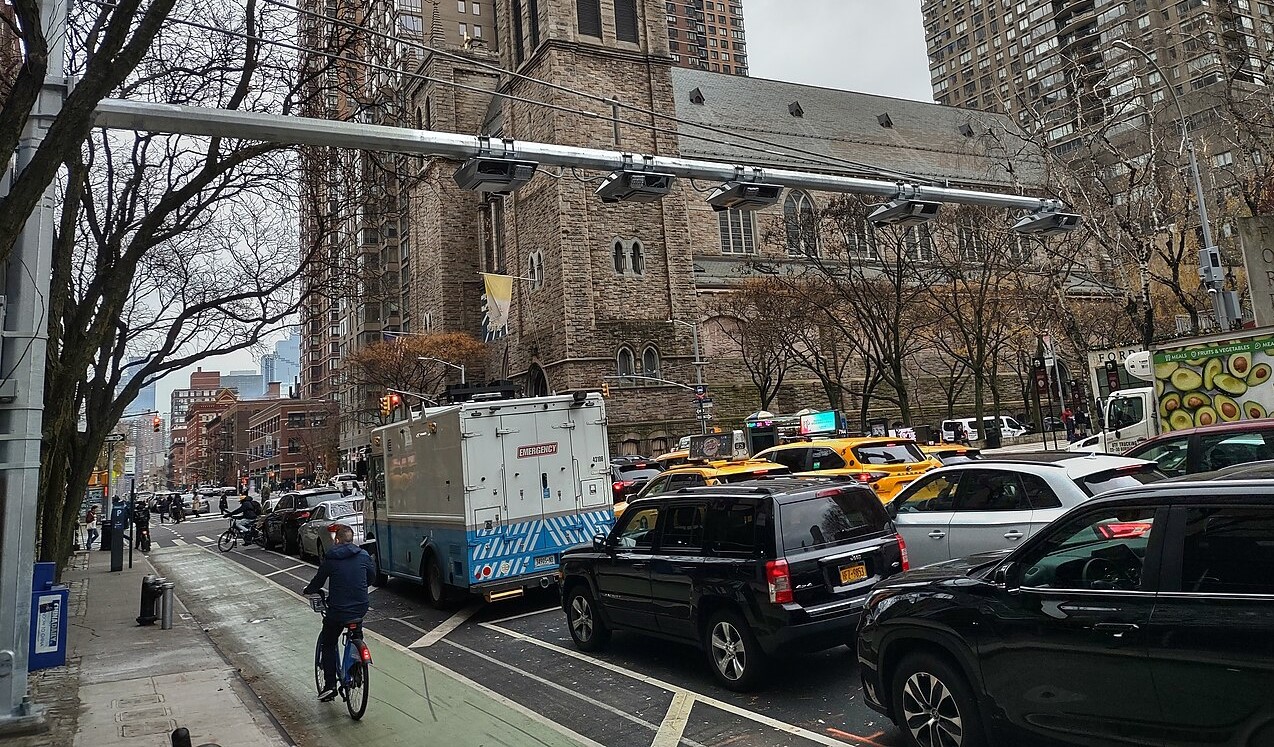When the Obama administration moved in January to undo a 2005 rule that made a federal "cost-effectiveness" rating the most important factor in determining which transit projects received funding, critics and even some transit advocates were skeptical, questioning whether the U.S. DOT would be able to legitimately quantify the community-building benefits of rail and bus networks.
 The new light rail line in Charlotte, North Carolina. (Photo: UrbanRail.net)
The new light rail line in Charlotte, North Carolina. (Photo: UrbanRail.net)But federal officials continued to describe the shift as a significant boost for local transit planners, who will no longer need to design the budgets for new transit lines around the confines of a cost-effectiveness formula that attempted to measure the "incremental cost per hour" for each traveler.
Those who cheered the demise of the cost-effectiveness rule got new ammunition today from Greenwire, which sent a reporter to Charlotte, North Carolina, to track the city's plans for expanding its three-year-old light rail line.
The full story is available only to subscribers, but it puts a $67 million price tag on local transit planners' mandate to comply with the Bush-era cost-effectiveness standard. As Greenwire's Josh Voorhees explains:
Charlotte officials had originally wanted to build theline -- the first in a planned network spanning the metro area -- withthree-car trains. But the project was scaled back to a two-car systemto comply with a complicated cost-effectiveness formula then at theheart of the U.S. Transportation Department's criteria for federalfunding.
"In order to get the score we needed, they told uswe had to find a way to cut the project's scope," said John Muth, chiefdevelopment officer for the Charlotte Area Transit System. "We didn'treally have other options if we wanted the federal funding."
Now, as the city plans the second phase of its light-rail project, athree-car, 11-mile extension of the existing line from Uptown intonortheast Charlotte, it also must retrofit the existing track to carrythe longer trains. That means not only buying more rail cars, but alsolengthening platforms and boosting power distribution. Estimated pricetag of the retrofits: an additional $67 million.





